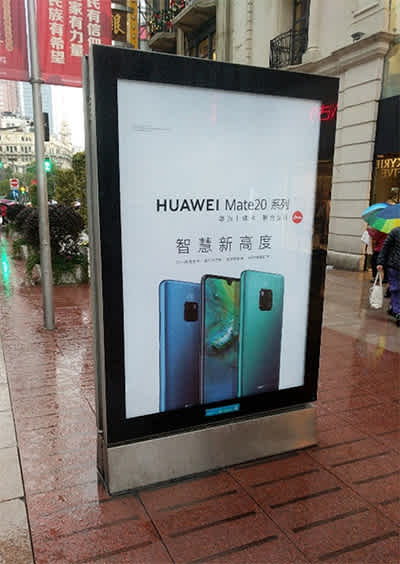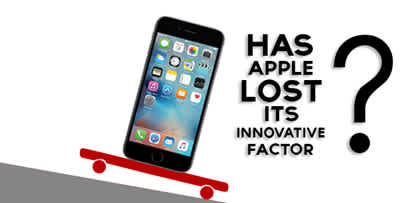I was in China when Apple announced a reduction in earnings guidance that sent its shares tumbling earlier this month. Its share price fell more than 9% in one day and wiped over $70 billion from the company’s market value. While the International Growth Fund doesn’t invest in Apple, I find the story interest for two reasons: Firstly, it is a great example of how the financial press and investors can misreport news to create an interesting but false narrative; and secondly, it highlights some trends in consumer electronics sector are relevant for investors.
Fake news
When Apple announced that sales for the December quarter would be lower than expected, CEO Tim Cook attributed it to weak Chinese demand for iPhones. Apple were vague on the exact causes of the Chinese weakness, leaving commentators to elaborate for themselves. It allowed commentators to paint the picture that they wanted to paint — that the trade war is starting to hurt the Chinese economy and companies like Apple – and is driving markets lower. While it’s a convenient story, and helps commentators rationalise recent share market volatility, is doesn’t stand up to much scrutiny.
It is undeniable that iPhone sales in China are weak and by my estimates China iPhone sales fell more than 20% in the December quarter. It is also true that the Chinese consumer is having a tough time and spending growth has slowed. But both of these issues have little to do with the US-China trade war. The economic weakness in China pre-dates the trade war and is linked to the Chinese government’s attempts to reduce leverage in the economy and the weakening property market. While in prior years rising housing wealth has supported consumer spending, house price increases in China have slowed significant and are falling in parts of the country. Also, while the consumer is weaker than last year, retail sales are still growing at about 8% per annum, hardly explaining Apple’s sudden drop in sales — particularly given Huawei is expected to report smartphone sales growth of close to 20% in 2018.
So the weak economy doesn’t fully explain Apple’s woes. Instead, it appears due to strong competition and the iPhone no longer having the same appeal in China. The Chinese consumer won’t pay a premium price unless a product is cutting edge and innovative, which the iPhone no longer is. However, that doesn’t make such a great news headline when markets are falling and readers are interested in hearing about the US-China trade war.
Without innovation, the Apple price premium looks extreme

The iPhone is dominant in the US market. Approximately 40% of smartphones sold in the US are iPhones, and because of its premium pricing Apple accounts for over 75% of industry profits. Many argue that this is sustainable based on three factors: Quality & innovation; service lock-in; and brand/prestige.
Based on my conversations with smartphone users and technology analysts on my recent trip to China, it appears that the first and second arguments aren’t viewed as being true in China. And the third is viewed as marginal given we are talking about consumer electronics and not luxury handbags or watches.
With a lack of real innovation from Apple in recent years, there is now limited difference between the iPhone and many other high-end smartphones. The Huawei Mate20 is becoming extremely popular in China and is viewed as being the same quality as the iPhone, but at a lower price. It is hard to disagree with this based on technical specs, and many believe Huawei’s Leica camera is superior.
Service lock in and loyalty is also far lower in China. Most Chinese internet users use WeChat for messaging and social media, Taobao for ecommerce, and have a variety of options for both music and video streaming. Any reasonable smartphone can run these services, and consumers can easily shift them to a new phone if they switch brand.
With innovations in smartphone devices now becoming more incremental, advances are instead coming from the apps that run on them. Consumers globally are showing increasing willingness to pay for services delivered through their devices – streaming TV and movies (Netflix), music (Spotify), mobile games, taxis and food deliver (Uber) – while the phones themselves are simply becoming a commodity used to connect to these services. We no longer care about the brand of our TV – they all do pretty much the same thing – and perhaps a smartphone is now no different.

A lack of new innovation is a real risk to Apple. If hardware commoditises and the value you perceive increasingly comes from the apps on your phone, then Apple may not be the steady money spinner investors have come to expect.

